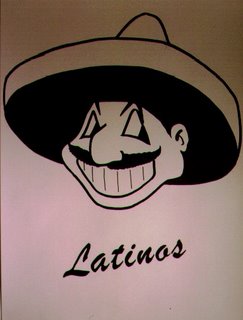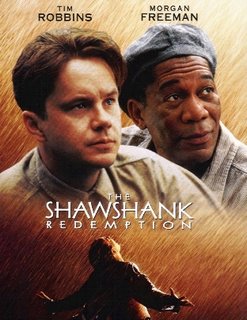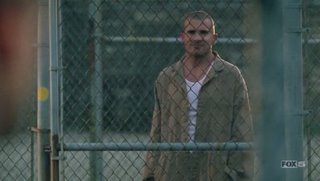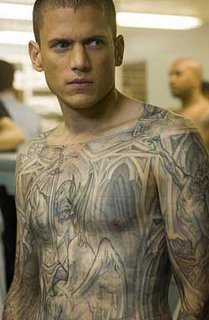In Prison Break, there are a number of different ethnic minorities represented from Black African Americans to Russians to hispanic latino males. Below is an overview of African/Americans in the media and society.

Many people believe that a certain depiction of black people characterises all black people, which is certainly not the case. This is very dangerous because this increases stereotyping and discrimination. The viewing public pays for movies and therefore movie directors have to tailor their product so that the majority of viewers will enjoy, and agree with the ideas behind the film. The majority almost always means white America so even African American based movies are made for white audiences. Because of this, the representations of blacks in the medium of film are almost always white ideas of who black people are, not who they really are
The film The Color Purple has been the center of controversy since it was made in 1985. Many people feel the film is a terrible portrayal of black family life and that it is stereotypical in its depiction of black men as evil and brutal tyrants who imprison and mentally and verbally abuse woman. Consequently, most men despise the film and can not believe that so many women love it
http://www.wowessays.com/dbase/ac3/ena8.shtml
STEREOTYPES ASSOCIATED WITH AFRICAN/AMERICANS
- rash and irresponsible materialism, especially for glamour, spending entire paychecks on jewelry and car modification
- heterosexual
- heterosexual male machismo
- heterosexual male preference for White women
- heterosexual male preference for overweight women
- hypersexual and promiscuous
- female mistrust against African American males
- disrespectful attitudes and violent behaviors of males against African American females
- dependency on government social programs (welfare)
- drug involvement (especially less expensive drugs)
- appetite for greasier, cheaper food (especially fried chicken)
- involved in crime (especially violent crime, or drug dealing)
- purposeful misuse of the traditional English language, often intentionally misspelling words or inventing phrases
- mistrustful of American government









